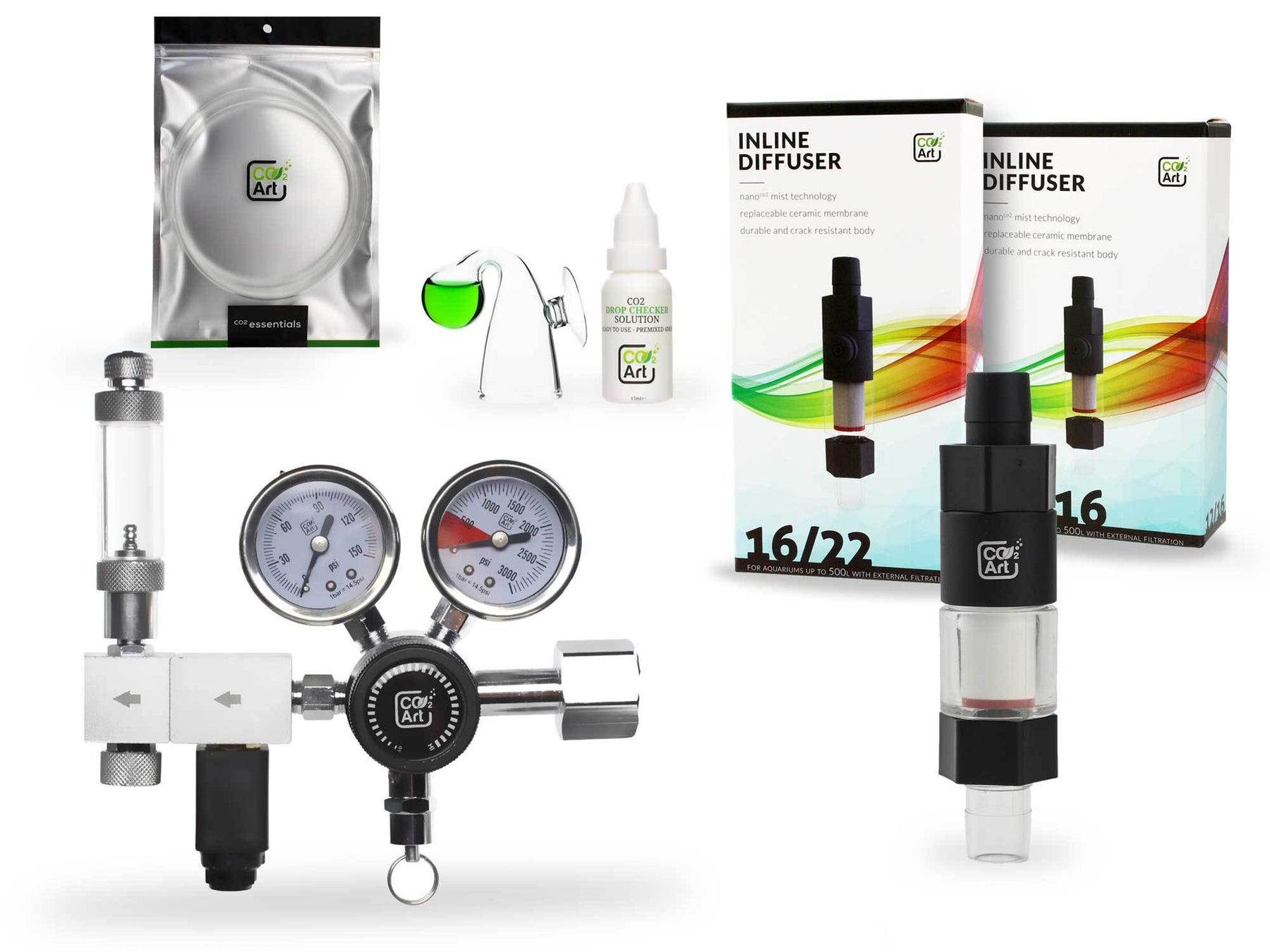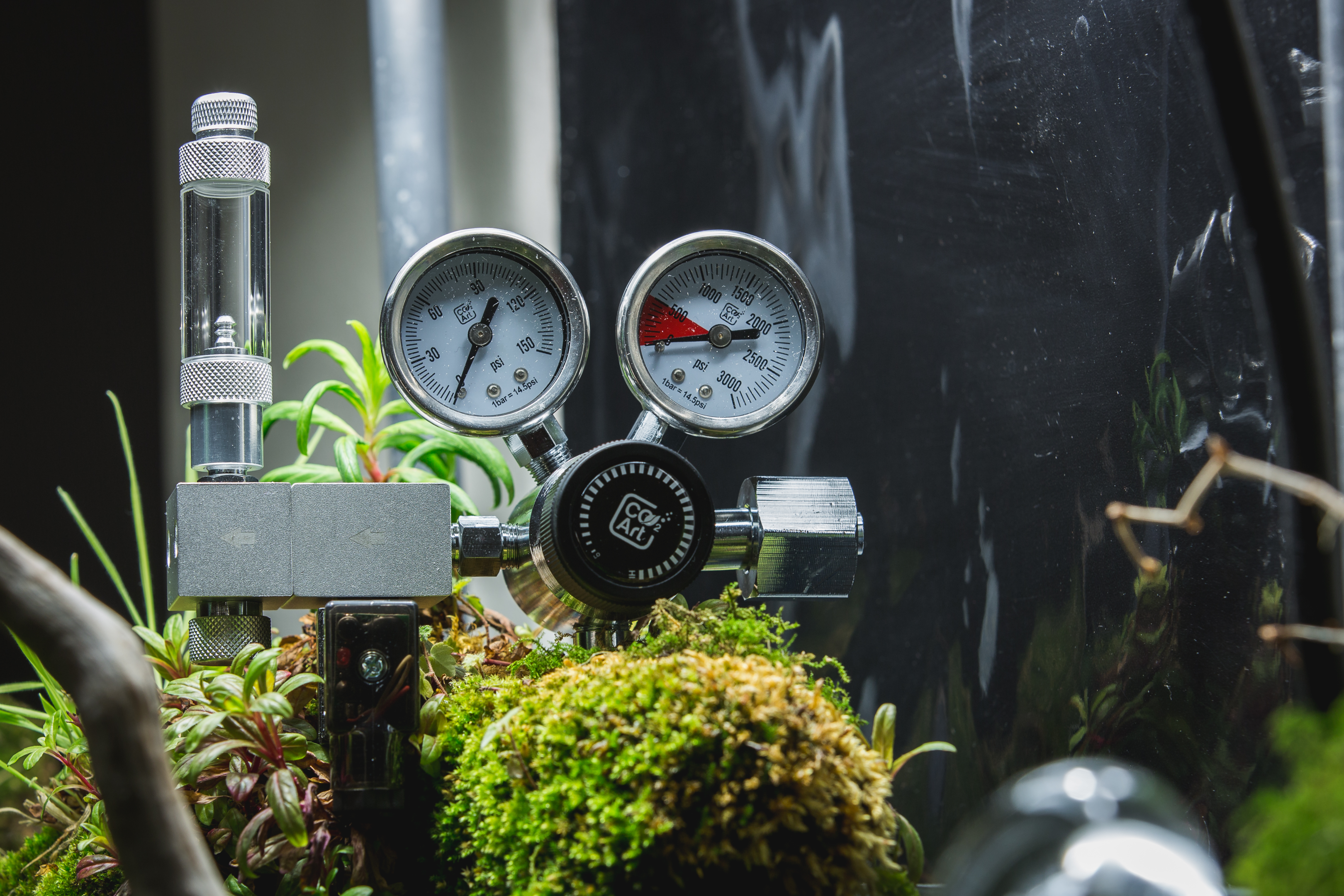Is CO2 beneficial for low light planted tanks
Planted aquariums can flourish under various lighting conditions, but low light planted tanks present a unique set of challenges and opportunities for aquarists. This article explores whether CO2 supplementation is beneficial in such environments, particularly focusing on setups that feature low light plants aquarium. Understanding how these specific conditions affect plant growth and overall aquarium health is crucial for achieving a thriving aquatic ecosystem.
In low light aquariums, the balance between light, nutrients, and CO2 is critical. Aquarists must carefully manage these elements to sustain healthy plant growth. Despite the reduced light, certain aquarium plants for low light are well-adapted to thrive, making them ideal candidates for these setups. This article aims to delve into the nuances of managing low light environments effectively, examining the role of CO2 in supporting plant vitality and aquarium stability.
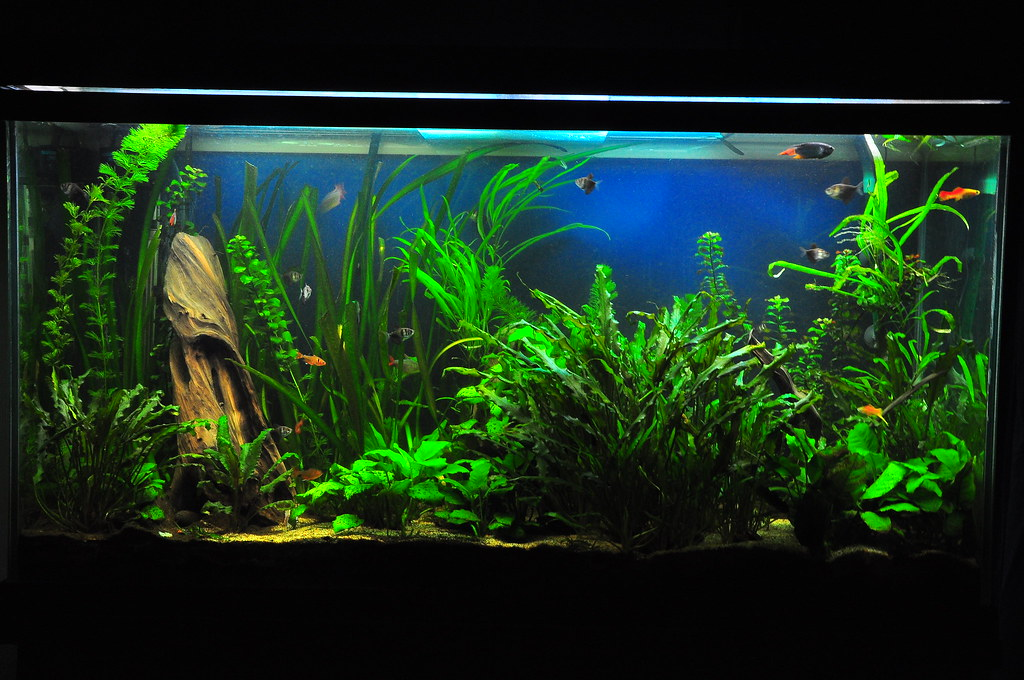
Understanding Photosynthesis in Aquatic Plants
Photosynthesis in low light aquarium settings operates differently from high-light environments. Aquatic plants, including low light aquarium plant varieties, rely on light to convert carbon dioxide (CO2) into the sugars they need for growth and survival. In low light conditions, the rate of photosynthesis is naturally lower, which may limit plant growth unless supplemented by additional CO2. Understanding this process is crucial for effectively managing plant health in any aquatic setting.
Moreover, the efficiency of photosynthesis in low light planted tanks can be significantly enhanced with CO2 supplementation. While low light plants aquarium species are adapted to thrive with less light, they still benefit from the availability of sufficient CO2, which can compensate for the lower light intensity. This supplementation helps in maximising their growth potential and maintaining a lush, vibrant aquascape, even under subdued lighting.
Characteristics of Low Light Planted Tanks
Defining a low light planted tank involves not only recognizing the types of lighting used but also identifying the plant species that thrive under these conditions. Low light aquarium plants are typically those that require less intense illumination, such as ferns and mosses. These plants are often more adaptable to variations in environmental conditions, making them a robust choice for aquarists who prefer setups with minimal lighting.
Additionally, maintaining a low light planted tank requires understanding the specific needs of these plants, including their substrate preferences and nutritional requirements. While low light aquarium plants generally demand less direct light, they still need a balance of nutrients and CO2 to flourish. This setup often appeals to beginners and those who wish to create a natural, serene aquatic environment with less energy consumption and maintenance effort.
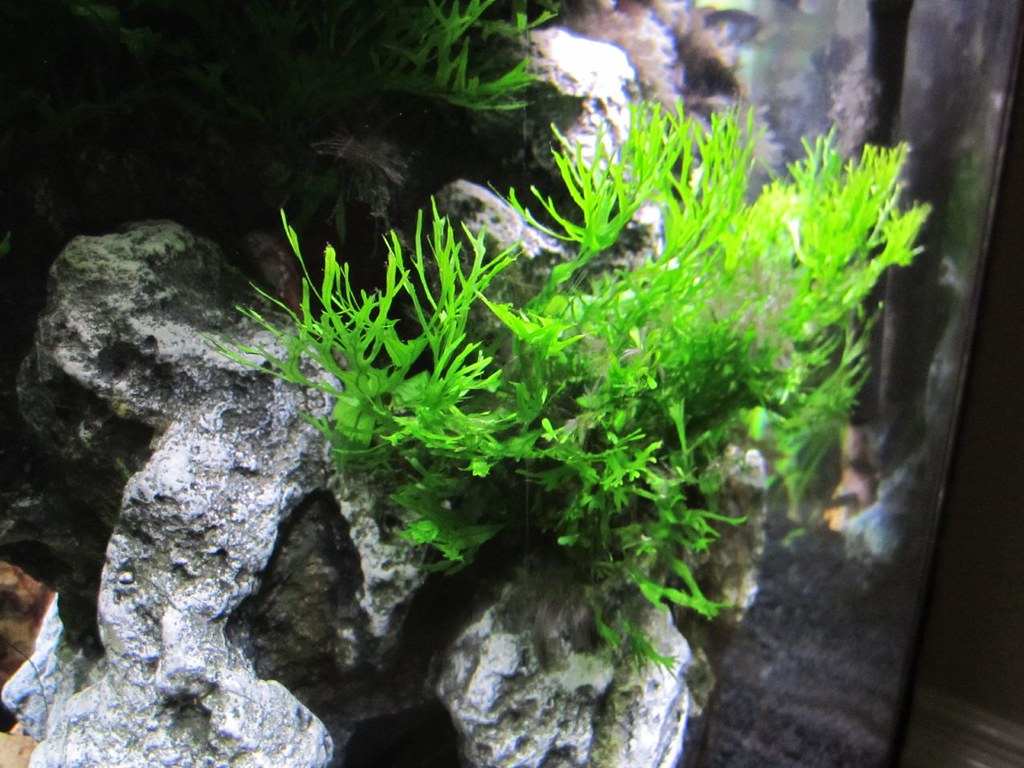
The Basics of CO2 Supplementation
CO2 supplementation is a common practice among aquarists aiming to boost plant growth and vitality in their tanks. This method involves introducing additional CO2 into the aquarium ecosystem, providing plants with the essential gas they require for photosynthesis. In low light planted tanks, where light is not abundant enough to drive strong photosynthesis on its own, CO2 can play a crucial role in maintaining plant health and vigor.
Understanding the equipment and setups necessary for effective CO2 supplementation is vital for aquarists. This includes CO2 injectors, diffusers, and monitoring systems that help maintain appropriate levels of the gas in the water. Proper implementation ensures that plants receive a consistent and suitable amount of CO2, which can significantly enhance their growth in low light conditions and lead to a more successful and thriving planted aquarium.
Benefits of CO2 in Low Light Tanks
In low light tanks, the addition of carbon dioxide significantly boosts the health and growth rate of aquatic plants. CO2 injection provides a vital resource that aids in photosynthesis, even in environments where sunlight or artificial lighting is minimal. By increasing carbon dioxide levels, planted tanks can experience faster growth and enhanced vitality of aquatic plants, promoting lush and dense foliage which is often challenging to achieve in low tech tanks.
Furthermore, consistent CO2 injection in planted aquariums operating under low light conditions helps in maintaining stable growth rates and prevents algae issues by ensuring that aquatic plants are healthy and competitive. Optimum growth conditions enabled by adequate carbon dioxide levels also support essential enzyme productionwithin the plants, which is crucial for their metabolic processes and overall health. Using tools like a drop checker can help monitor CO2 levels to ensure they remain within a safe and effective range.
Potential Challenges with CO2 in Low Light Tanks
While the benefits of carbon dioxide supplementation are significant, CO2 injection in low light tanks can also present challenges, particularly when it comes to balancing light and CO2 levels. Excessive CO2 in a planted tankwithout corresponding light levels can lead to inefficient use of carbon dioxide, resulting in the accumulation of organic compounds that could foster algae issues. It's crucial to find a balance where light and CO2 are synchronized to support optimum growth without encouraging algae proliferation.
In addition, managing CO2 levels can be complex, particularly for beginners. The use of a drop checker is essential for continuously monitoring CO2 concentrations to prevent potential toxicity to fish. Regular water changes are also recommended to remove excess nutrients and stabilize water chemistry, ensuring that both aquatic plants and fish remain healthy. Adjusting CO2 levels can help optimise gas exchange and enzyme production, which are vital for maintaining the ecosystem’s balance and enhancing the overall aesthetics and functionality of planted aquariums.
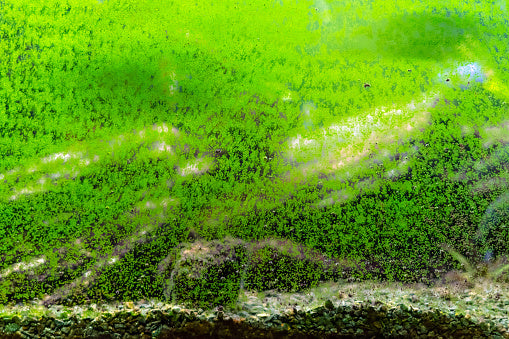
Balancing CO2 and Light Levels
Achieving the right balance between light and CO2 is crucial for the health of planted tanks, particularly in low light tanks where light levels are deliberately kept lower than in standard setups. CO2 injection can be highly beneficial in these settings by compensating for the lower light availability, but it needs to be carefully calibrated to prevent algae issues. Ensuring that carbon dioxide levels are not too high relative to light prevents aquatic plants from being unable to fully utilise the available CO2, which can lead to imbalances in the tank's environment.
For effective management, employing a drop checker to monitor CO2 levels continuously is advisable. This device provides a visual indication of the CO2 concentration, helping maintain it at an ideal level that promotes enzyme production and healthy plant growth without causing distress to tank inhabitants. Light and CO2 supplementation should be adjusted according to the plant species' specific needs and their response to the environmental conditions within the planted aquarium.
CO2 Injection Techniques and Strategies
Implementing CO2 injection techniques properly is vital for enhancing plant growth in planted aquariums, especially low light tanks where natural sunlight is insufficient. The method of CO2 delivery can greatly influence the effectiveness of this supplementation. Diffusers, reactors, and atomizers are popular choices, each with its mechanism for dissolving carbon dioxide into the water, ensuring it is available for aquatic plants to absorb and use for photosynthesis and enzyme production.
In addition to choosing the right equipment, setting a timer for CO2 injection to coincide with the lighting schedule maximises efficiency and minimizes waste. Carbon dioxide should be introduced into the tank only during the hours when lights are on because plants can only utilize CO2 when they are photosynthesizing. Proper synchronisation of CO2 and lighting not only supports faster growth and optimum health of aquatic plants but also helps maintain stable water chemistry, preventing algae issues and ensuring a thriving planted tank.
Monitoring and Adjusting CO2 Levels
Effective monitoring and adjustment of CO2 levels in planted tanks, especially those under low light conditions, are critical for maintaining healthy plant growth and avoiding algae issues. Using a drop checker is one of the most reliable ways to keep an eye on the carbon dioxide levels in the tank. This simple device changes color based on the CO2 concentration, providing a visual indicator that can help aquarists adjust their CO2 injection rates more precisely.
In addition to visual monitoring with a drop checker, regular water changes are essential in managing water chemistry and removing excess nutrients that might fuel algae growth. Keeping CO2 levels in check also means balancing them with other factors like nutrient availability and lighting, ensuring that all elements work synergistically to promote optimum growth and health of the aquatic plants. Regular testing of water parameters like pH and hardness is also advisable, as these can be influenced by changes in CO2 concentration.
Impact of CO2 on Fish and Other Inhabitants
Introducing CO2 into a planted tank, particularly in low light tanks, must be done with consideration for the tank's other inhabitants, primarily fish. Elevated carbon dioxide levels can lower the water's pH and alter its chemistry, potentially creating stressful conditions for fish. It's crucial to maintain a balance that supports both vibrant plant growth and the health of aquatic life. CO2 levels should be monitored carefully using a drop checker to ensure they remain within a safe range for all species within the aquarium.
Furthermore, the introduction of CO2 can affect the oxygen levels during off-light periods when plants are not photosynthesizing but are instead respiring like animals. Aquarists should ensure adequate aeration, especially at night, to compensate for decreased oxygen levels resulting from CO2 injection. This balance is critical in low light tanks, where lower photosynthetic rates may already challenge the oxygen production during daylight hours. Proper aeration and controlled CO2 levels help create a stable environment conducive to both fish and aquatic plants.
Safe Practices to Ensure the Well-being of All Tank Inhabitants
Ensuring the well-being of all tank inhabitants involves adhering to safe practices when managing CO2 levels in planted tanks. Implementing a CO2 injection system with an automatic shutoff that aligns with the lighting schedule is essential to prevent CO2 build-up when plants are not actively photosynthesizing. This synchronization helps avoid drastic fluctuations in CO2 and oxygen levels, providing a stable environment for both plants and fish.
Regular maintenance practices such as water changes and monitoring water parameters are also crucial. Water changes help dilute excess carbon dioxide and stabilize water chemistry, reducing the risk of toxicity. Aquarists should regularly test the water for pH, hardness, and CO2 levels, adjusting the CO2 injection rates and aeration as needed to maintain optimal conditions. These practices ensure that the aquarium remains a safe and healthy environment, promoting the flourishing of both aquatic plants and animal inhabitants.
Conclusion
In conclusion, CO2 supplementation in low light planted tanks can indeed be beneficial for promoting healthier and more robust aquatic plant growth. While CO2 injection provides essential carbon dioxide that enhances photosynthesis and overall plant vitality, it must be carefully managed to maintain a balance that is safe and beneficial for all aquarium inhabitants. The use of a drop checker is crucial for monitoring CO2 levels to ensure they remain within an optimal range that supports both plant health and fish welfare.
Incorporating CO2 into low light tanks requires a thoughtful approach to balance lighting, nutrient levels, and CO2 concentration to create a harmonious environment. Regular monitoring and adjustments, coupled with consistent maintenance practices such as water changes and checks on water parameters, are essential to sustain a thriving planted aquarium. With careful management, the addition of CO2 to low light setups can transform a simple tank into a lush, vibrant underwater garden that delights both the aquarist and the aquatic life it supports.
Meet our bestseller! The Pro-Elite Series Complete Aquarium CO2 System with New Inline CO2 Diffuser!
